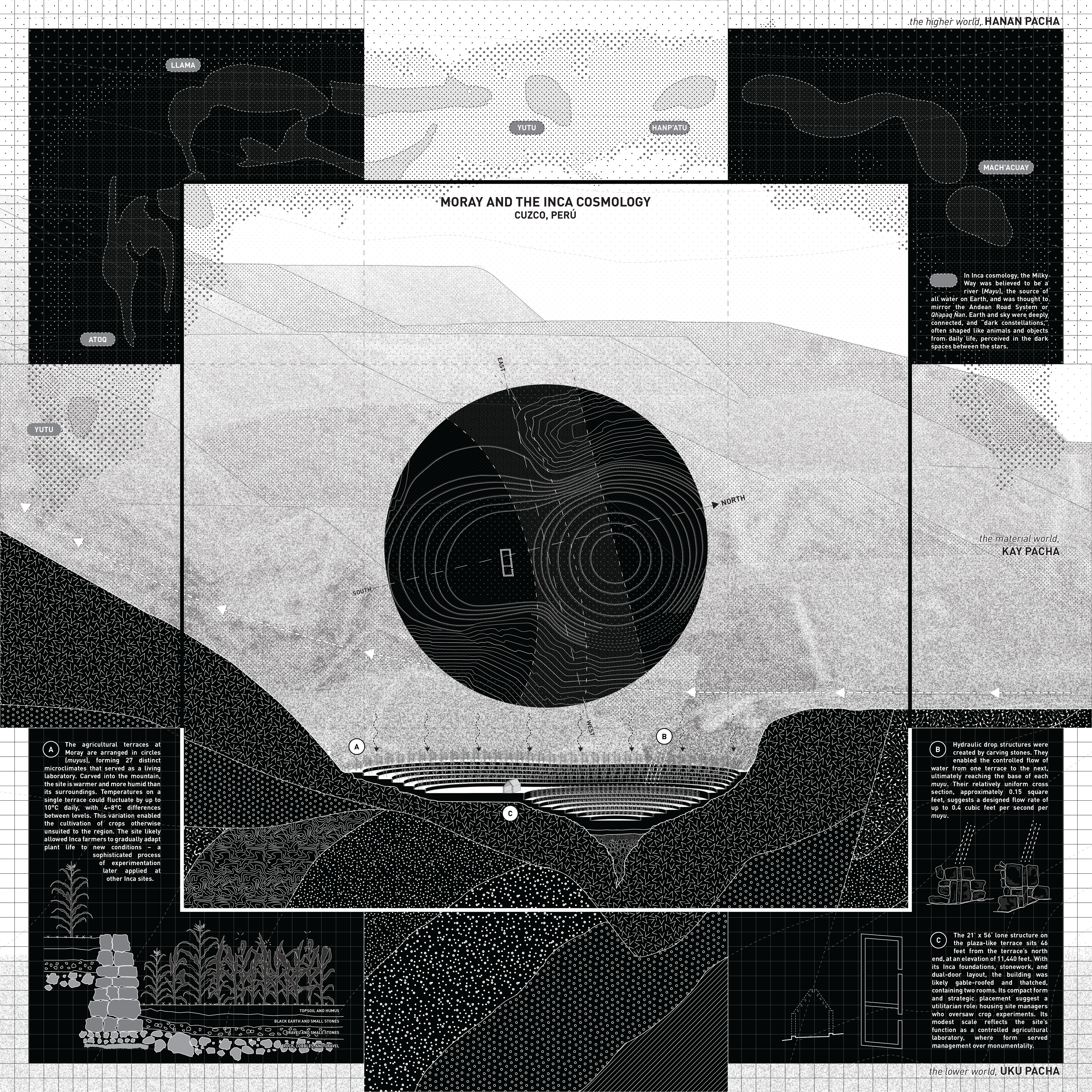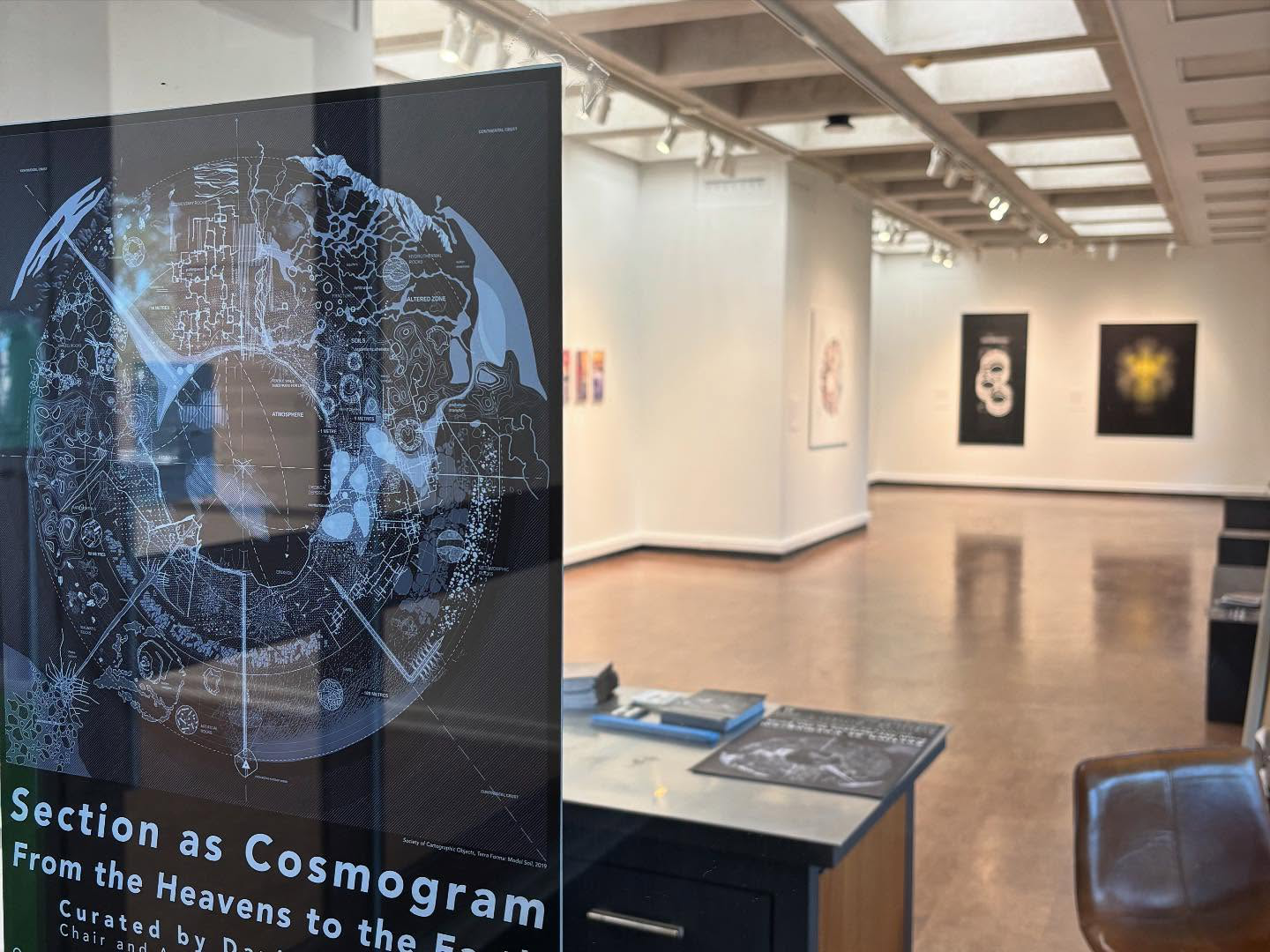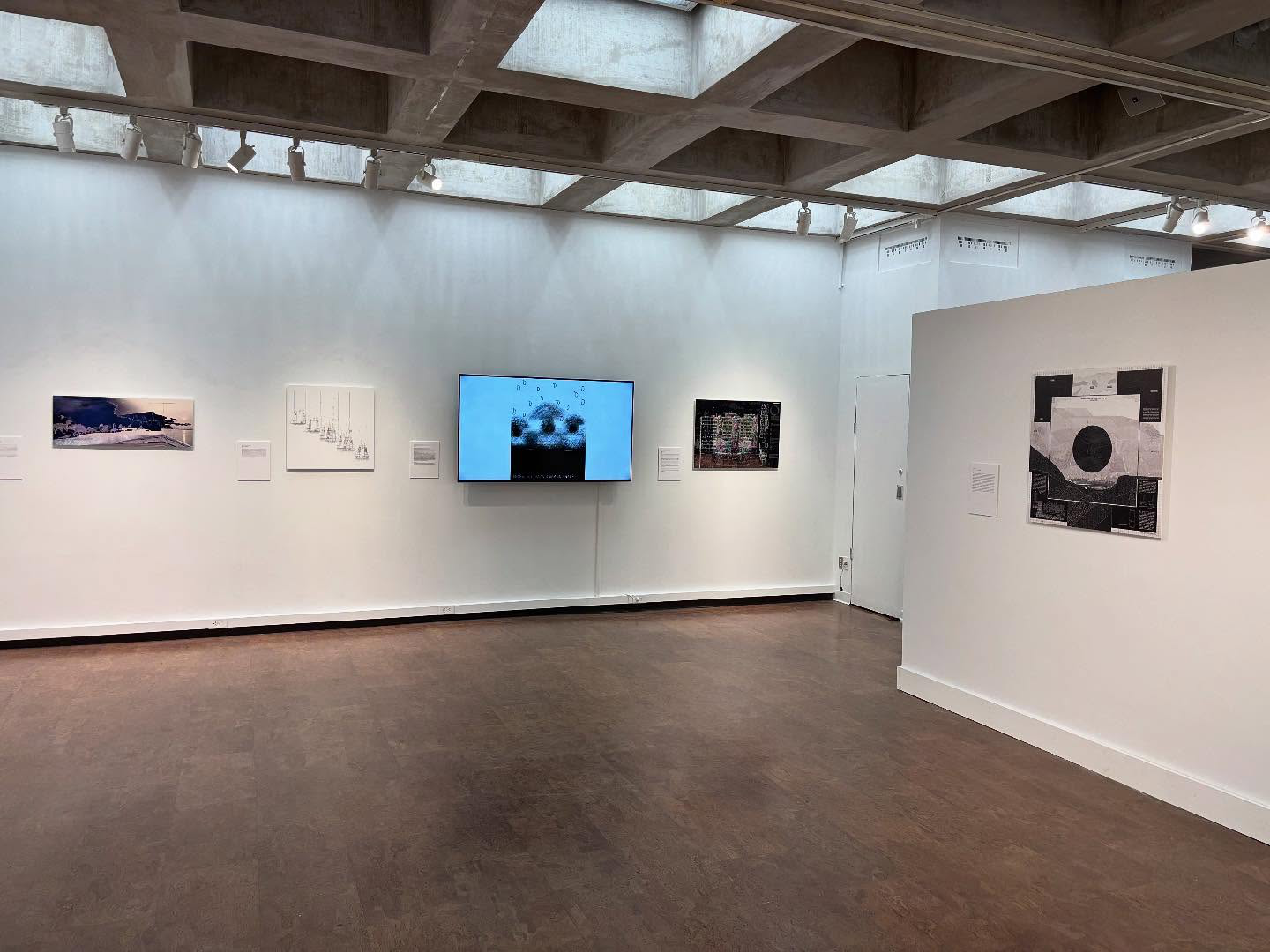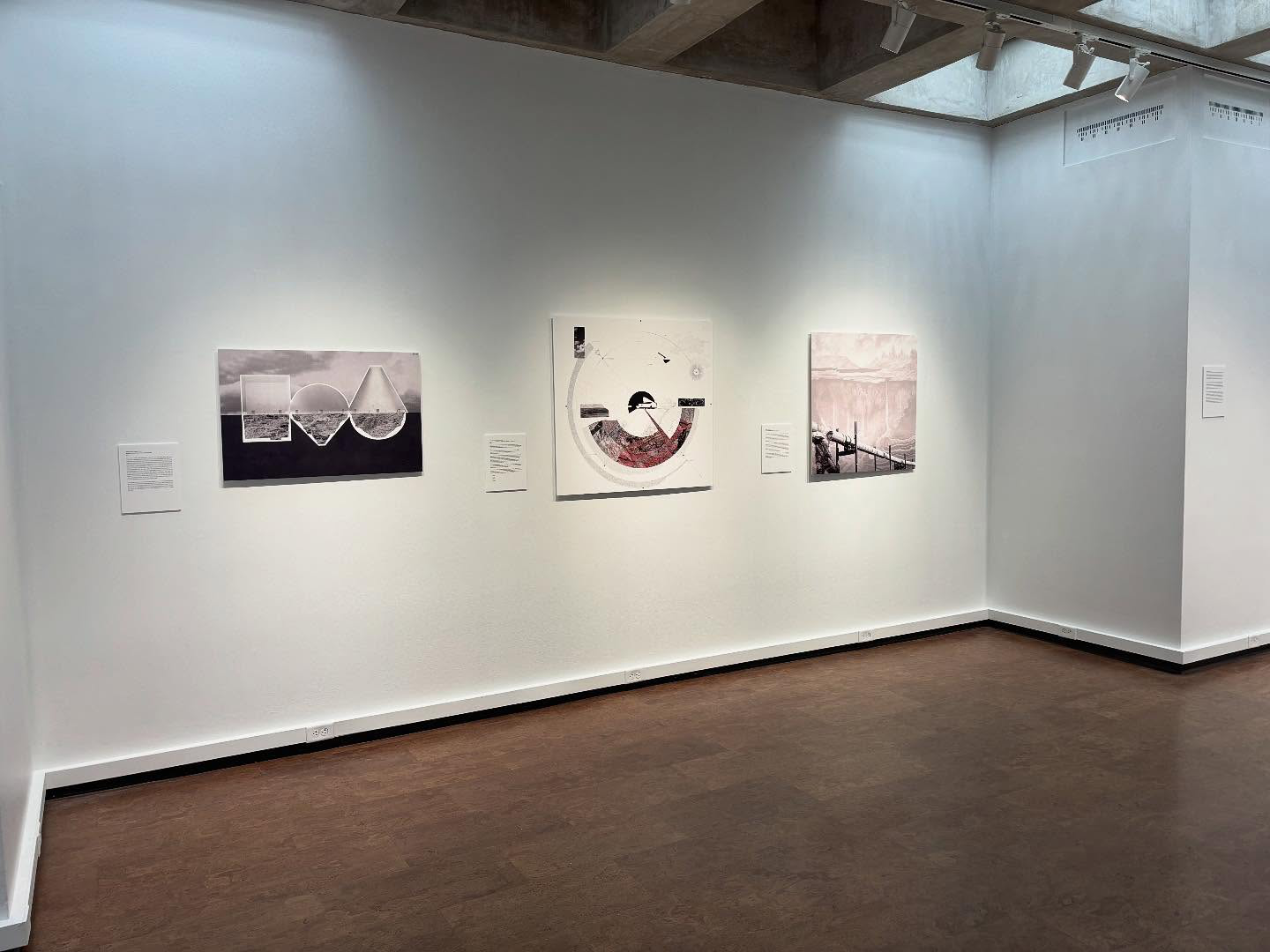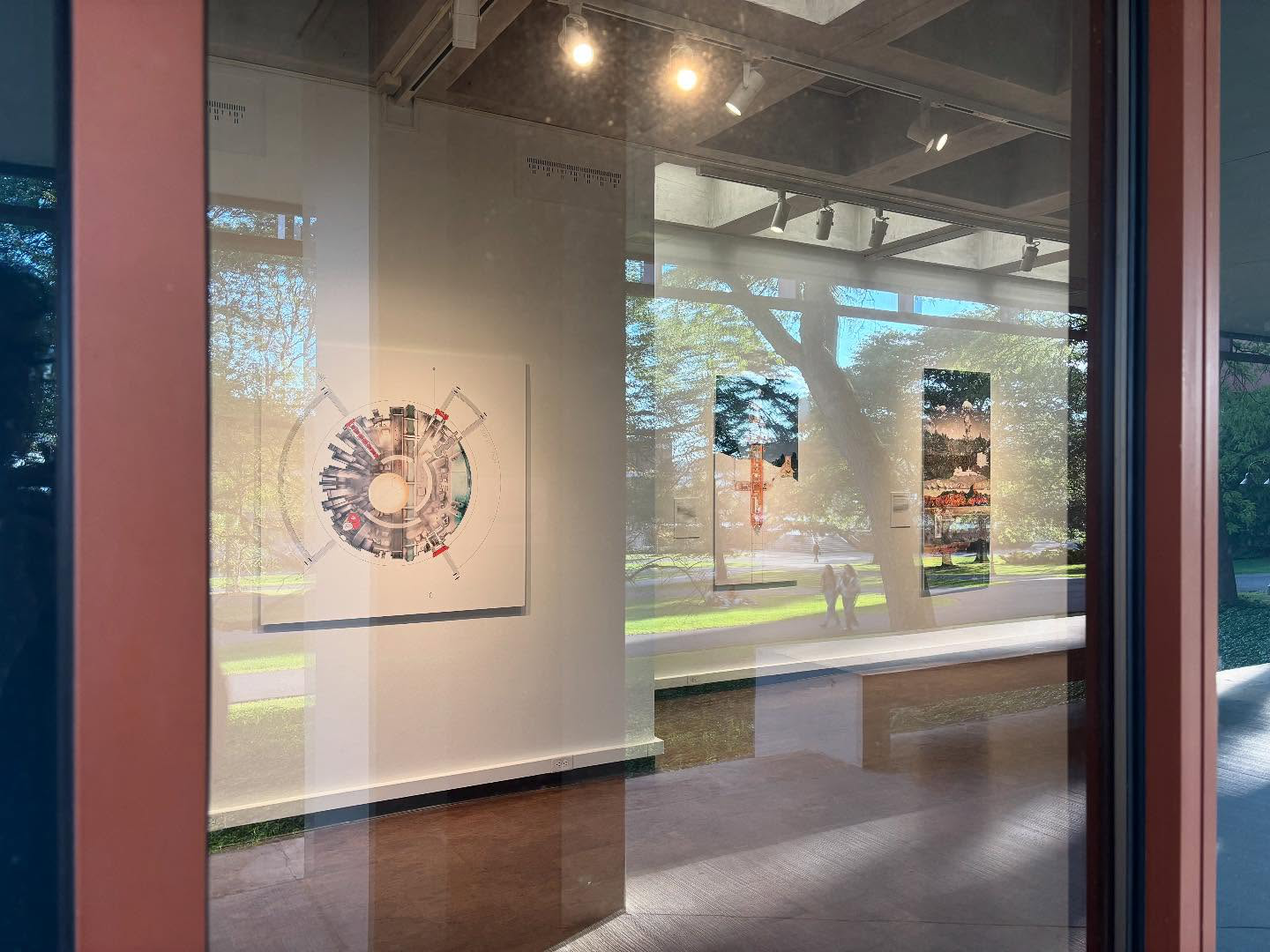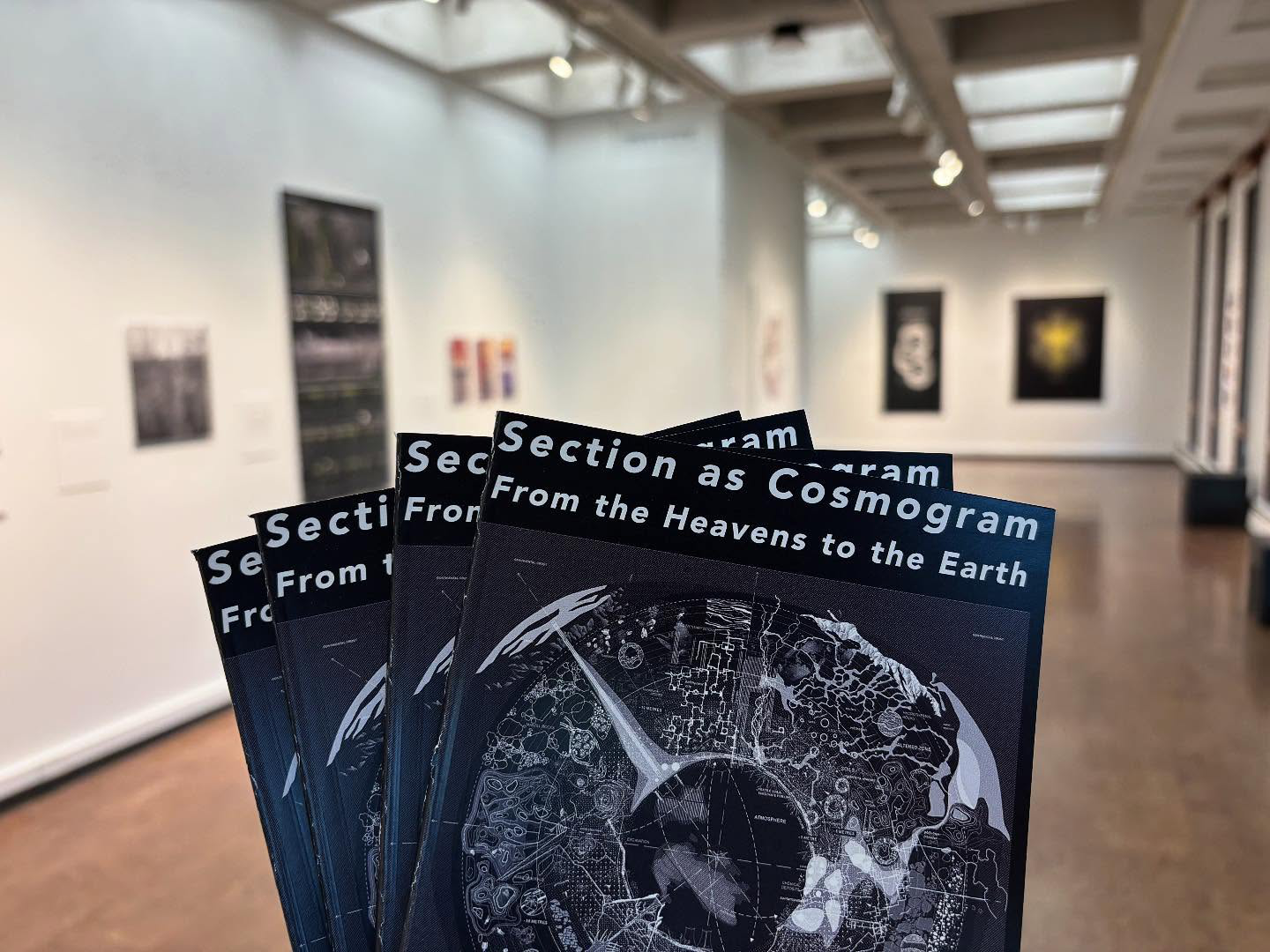Moray and the Inca Cosmology
in "Section as Cosmogram: From the Heavens to the Earth"
Carved into the Andean plateau at 11,500 feet, the concentric terraces of Moray in Cuzco, Perú function simultaneously as ecological instrument and cosmological diagram. The site was engineered to produce 27 discrete microclimates, with daily temperature differentials of up to 10°C. This enabled the Incas to adapt crops across altitudinal and regional thresholds, a sophisticated process of experimentation later replicated across the empire. Hydraulic drop structures regulated water flow between terraces, embedding agronomic practice within a responsive environmental system. Yet Moray also reflects a cosmological order. The Mayu, or Milky Way, was understood to mirror the Qhapaq Ñan, the Inca road system that linked sky and earth. Dark constellations, perceived not in stars but in the voids between them, oriented agricultural cycles and ritual. In this context, section emerges as a medium of relational knowledge, rendering climate, terrain, and myth as interwoven strata. The stepped, axial, and layered geometries within the drawing invite readings that traverse measurement and meaning, experimentation and belief. Moray’s terraces cut into the earth while enacting a reciprocal worldview in which cultivation is a form of alignment across matter, cosmos, and time.
